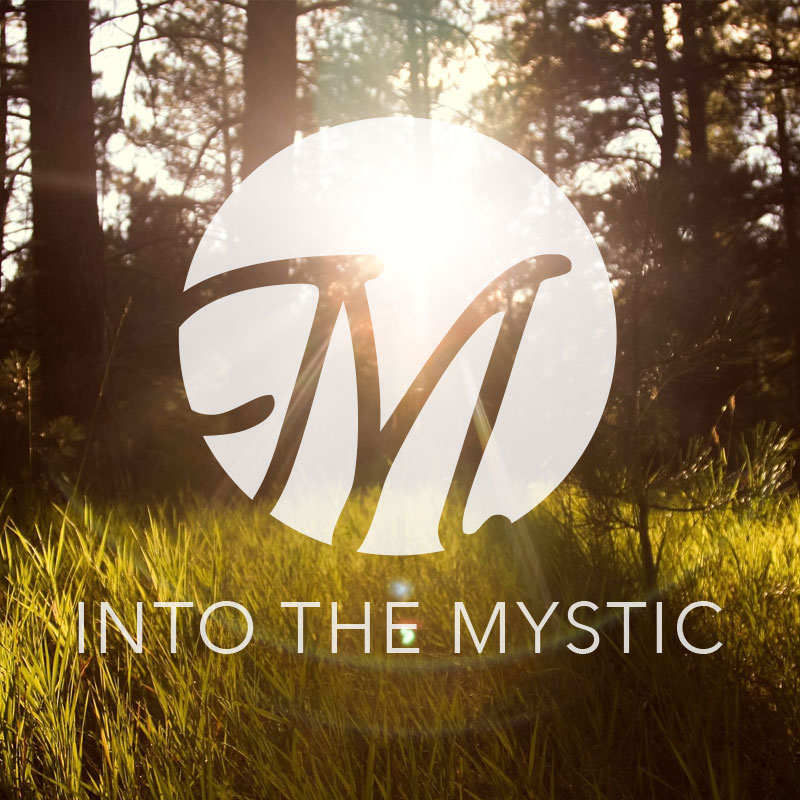Jerusalem
By the time you hear this, I will have landed in Amman, Jordan – and will have begun a spiritual journey through what the world recognizes as the Holy Land.
Christian, Muslim, and Jew all recognize the sacred places to which we will travel as foundational to myth, story, and history that conspire to give shape and identity to three distinct spiritual traditions.
This will be the second such trip I have taken in the last year. My first trip here left me with a deep appreciation for the way that these cultures and traditions negotiate a sometimes tenuous, shared existence. The history of how power over and détente between them all coalesce is a complex one that I don’t pretend to fully understand. The political tensions are evident almost everywhere you walk. For those who walk with eyes wide open, there is enough in almost every setting to see signs of hope and of despair; of the commitments of peace between peoples and of inflictions of war between nations; of the desire for understanding of the pressures to divide.
There is deep history, grounded in architecture that reflects a commitment to preserve ancient and sacred times. There is an impinging present that you cannot avoid seeing in tanks, soldiers, parapets, and checkpoints. There are broad skies and narrow streets. The smile you see on a stranger’s face often belies the trouble with which they live every day, their effort to embody faith and make the most of what can be a conflicted life in a troubled world.
There is an ever-present impulse to rehearse sacred stories that one has heard from early childhood as you cross over ground once occupied by Abraham and Sarah; Moses and Miriam; Joseph and Mary. Almost every neighborhood and village longs to tell a sacred story: in Bethlehem there is the birth narrative; on the hill overlooking Old Jerusalem you can hear echoes of the passion and crucifixion; on the Temple Mount Solomon begs to be heard; at the river Jordan you come face to face with the ritual cleansing performed by John and asked for by Jesus.
But it isn’t only the ancient stories that beg to be told. When you walk through the occupied territories you listen to mothers whose sons have been gunned down, you visit with people who have been living in exile for three generations and who long to return home, and you see graffiti that gives voice to the anger and ventilation to the fears of the occupied peoples. You see women and children on the street stripped of their dignity by what look like children wearing uniforms and carrying guns. You see workers at the end of the day exhausted and forced to go home through checkpoints, waiting in long lines and needing to prove their right to be there.
My soul is enriched by experiences with the people and places of this beautiful land. To absorb past glory and encounter present need; to see ancient culture and touch today’s pain; to merge both the origin and evolution of one’s faith is a spiritual exuberance the likes of which I have not duplicated anywhere else.
As I land this time, I am aware that I now have previous experiences to draw on; places to which I want to return and people I want to meet again. There is the falafel vendor in Old Jerusalem who fed me the best meal I’ve had in years for the price of a McDonald’s happy meal; the ceramics shop owner across from our hotel whose craft renders me an admirer and whose charm softens me up for the easy sell; the art as resistance on the wall in Bethlehem that reminds me of the same in Cuidad Juarez, Mexico; and the children whose smiles remind me what hope looks like.
I will return in two weeks spiritually fed, physically exhausted, and wondering when I get to go back. God will be known, felt, heard, and loved. Her face will be seen everywhere I go, writ large across the landscape of the pain and the poignancy. My travel will afford me another opportunity to encounter sacred presence in truly sacred space while among sacred peoples. I will return two weeks hence caught up in the wonder of it all and grateful for this sojourn Into the Mystic.
